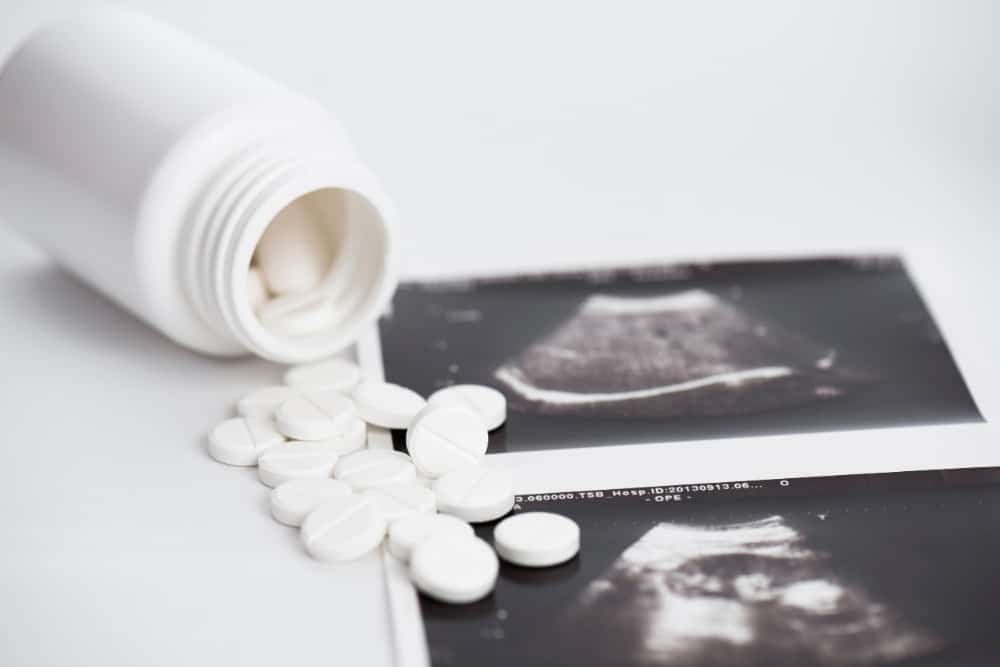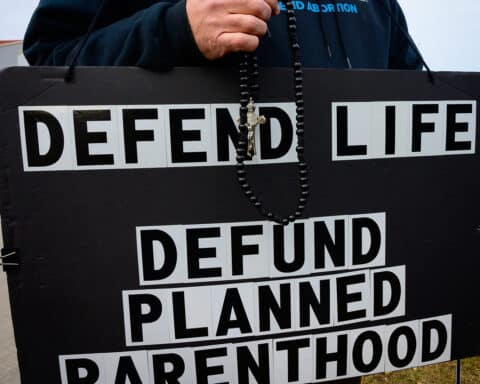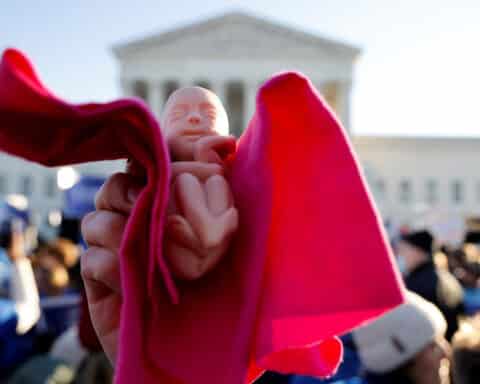If someone were to judge only by the outrageous coverage and commentary in our pro-choice media, he or she could be pardoned for supposing mifepristone is some kind of wonder drug — a cure for cancer, perhaps, or a tonic that reverses the aging process. As it is, though, mifepristone is an abortion pill.
It works by breaking down the lining of the uterus, thereby terminating a pregnancy. The Food and Drug Administration has approved it for use up to the 10th week. By then, the infant in the womb has a beating heart, an active brain that generates brain waves, arms and legs, and tiny fingers and toes. Of course, she or he is very small. All of us were at that age.
Mifepristone is reportedly used in more than half of all U.S. abortions. And, as all the world knows by now, it also is central to a legal battle that touched down briefly in the Supreme Court last month before the court sent it back to the U.S. Court of Appeals for the 5th Circuit for argument and a decision on the substance. There is little doubt that the case will sooner or later return to the Supreme Court, perhaps as early as the term that begins next October.
As suggested above, much of the coverage of the fight over mifepristone up to now has been a disgrace — sufficient cause to make the responsible writers and editors blush if they are given to blushing. I am not talking about minor news outlets or ideologically tilted opinion journals and websites. I mean some of the biggest, most powerful and — they would have us understand — most professional media in the land.
Yet from the way they told the story, you would hardly know that a district court judge in Texas was making a serious case in finding that the FDA cut corners so as, first, to approve mifepristone and, twice more, subsequently to relax restrictions on it. Instead, the pro-choice media simply slimed the judge and hushed up his critique.
Expressing “tremendous disappointment” at the Supreme Court’s failure to act forcefully in the case, Bishop Michael F. Burbidge of Arlington, Virginia, chairman of the U.S. bishops’ pro-life committee, called it “wrong to allow the FDA’s greatly diminished health and safety standards to remain in place.” Here’s hoping the court does better when the case returns in the fall.
Meanwhile, it’s important to realize that the recent hubbub over mifepristone is only a hint of what’s yet to come. When the Supreme Court, in its Dobbs ruling last year, finally reversed the atrocious 1973 Roe v. Wade decision decreeing a newly invented constitutional right to abortion into existence, some may have thought the battle had been won. But it wasn’t. The struggle to protect unborn human life must continue — in legislatures, courts, and the court of public opinion.
As it does, we do well to reflect on the ultimate source of the pro-choice movement’s fanatical energy. Here I turn to the late Lawrence Lader, an early pro-choice zealot who, in 1966, published a highly influential book called “Abortion” (it was cited eight times in the majority opinion in Roe). Like others in the movement, Lader saw legalized abortion as the key to the final freedom — not just freedom to have an abortion but, above all, freedom for sex without consequences. To the extent this corrupting principle has become part of many people’s version of the American dream, the nation is in deep trouble for sure.
Russell Shaw writes from Maryland.





